Check me out on: My Patreon: | Google+: | Facebook: | Twitter: | Flickr: | 500px: | Sign Up for My Newsletter :
Long before the popular 150-600mm variants from Sigma and Tamron hit the shelves, Sigma already had an entry in the affordable super-telephoto class – the EX 50-500mm F4.5-6.3, affectionately referred to as the “Bigma”. This lens and it’s 10x zoom ratio had a small following, but views on its optical performance were pretty mixed. It was eventually discontinued, most likely displaced by the popular Contemporary (and, to a lesser extent), Sport variants of the 150-600mm focal length. The 50-500 has now been replaced by the Sigma 60-600mm F4.5-6.3 DG HSM Sport lens. Sigma elected to cut 10mm of width from the wide end but added an impressive 100mm on the telephoto end. The lens maintains a 10x zoom ratio, but now over a more impressive 60-600mm focal range. The 60-600 Sport also receives Sigma’s updated design language along with compatibility with a number of their new features – including compatibility with the Sigma USB Dock, MC-11 mount converter (so you can use the lens on Sony E-mount), and mount conversion service.
Lenses this size aren’t for everyone, but you cannot get good image quality at longer focal lengths without a serious optical instrument. None of the lenses that credibly reach 600mm are small, and this is the world’s first full frame lens with a 10x zoom ratio and a 600mm reach! So yes, it is big, but it is also very versatile and does a number of things very well.
Sigma’s Sport lineup is centered around a more robust build (because action and wildlife work is frequently done in inclement weather) and autofocus performance more attuned to fast action. In this review I’ll highlight my findings on whether or not Sigma succeeded in their goals for this lens.
I will add one caveat to this review: for some reason these lens makers keep releasing long telephotos in winter. That’s fine for a lot of places, I’m sure, but for me, in Canada, it makes my job much, much harder. I’ve been snowshoeing several times in the last two weeks. I’ve average around 3 miles per trek through the woods. I don’t recall actually seeing one living thing that moves on either of those trips. Not a squirrel, not a bird, nothing. That makes trying to review a wildlife-oriented lens, well, tough. I wish I could show more photos of wildlife in my review…but they all seem to be hibernating or have headed south for the winter!
Prefer to watch your reviews? You can find out all the info in my full video review here:
60-600 Sport Build and Handling
The best way to get all the news on the build, design, and handling of the 60-600 Sport is by watching this video episode where I take you up close and hands on.
Sigma is treading a knife’s edge in designing this lens and attaching their Sport moniker to it. Sport has come to signify a higher grade of build (including more robust weather sealing) and action-oriented autofocus. Building a more professional grade lens with advanced weather sealing often means using more robust materials…and all of that comes at a cost of increased weight. Sigma has tried to mitigate this by carefully choosing their materials, but there’s no getting around the fact that this is a big, heavy lens. Whereas the 150-600mm Contemporary lens weighs an already substantial 4.3 lb (1.95 kg), the 60-600 Sport adds more than 2 1/2 pounds to that. It weighs in at 5.95lb (2.7 kg), or nearly the weight of the 150-600mm Sport, which is 6.3lb (2.86 kg).
Sigma employs carbon fiber reinforced plastics on the lens hood. This is a pricey material, but it does provide a special combination of durability and light weight. It’s very large, but the weight is quite low – very important considering that the weight at the front of the lens is the most difficult to support if you are handholding the lens. I also appreciate that it has a rubberized section at the front that provides a natural way to rest the lens face down without worrying about damaging the lens hood or the surface that you place the lens on. The hood attaches via a tension knob that does the trick well.
The body of the lens itself is made of a blend of magnesium alloy (the tough material used in pro-grade camera bodies) and “Thermally Stable Composites” (TSC, or Sigma’s engineered plastics). Their use of this is clever, as the heavier materials are closest to the camera, while the lighter materials are further out. This could be why the weight feels a little more balanced than the 150-600 Sport did. I don’t find this lens as fatiguing to use handheld even though the weight isn’t dramatically different.
The 60-600 Sport has Sigma’s higher grade of weather sealing, including a gasket at the lens mount along with a number of internal seals. It’s a very robust weather sealing that is designed to be used even if the weather turns inclement, though, as always, using common sense is, well, wise. There is no question that the lens feels premium in hand – strong and robust. The manual focus ring in particular is a far cry from the rather shallow, weak one on the 150-600mm Contemporary lens.
The MF ring is closest to the camera, while the zoom ring is further out along the barrel. Both rings move smoothly with good damping. In between them is a zoom lock, and you will definitely want to use it. The 60-600 Sport (like the 150-600 Sport), has a massive front element topped by a huge 105mm filter thread. There’s a lot of weight out there, so the lens will quickly creep to its fully extended position when pointed down.
The lens comes with both a standard pinch-style lens cap and also a nylon hood that covers the whole lens hood when reversed. It uses Velcro to fit into place, and is designed more for transport than anything else, though it can serve as a lens “cap” to keep dust and moisture off the front element in between shoots.
The 60-600 Sport comes with a great padded case to store the lens in along with a carrying strap for both lens (there are mount points on the sides of the rotating tripod collar) and the case. I always commend Sigma for their consistency in not “cheeping out” with the accessories for their lenses.
There are a total of four switches on the side of the lens. The first is a three position switch that affects autofocus. You can choose autofocus, manual override, or MF. Sigma is unique in having a separate manual override setting, as this is the default “AF” setting on most lenses. Sigma obviously feels that there are those who fear inadvertently interfering with autofocus by hitting the manual focus ring, so the AF option ignores input from the MF ring.
The second switch is a three position focus limiter, including Full, 6m to Infinity, and minimum to 6M. Other options can be accessed through the USB dock and the fourth switch – which gives you access to a couple of custom functions that can be set via the USB dock.
The third switch is for the OS (Optical Stabilizer), and it gives you a choice of selecting the standard mode, a second mode for panning, and an option to turn it off altogether. I felt like the OS did a solid job of stabilizing such a long focal length and holding the viewfinder nice and steady. It’s rated for 4 stops of assistance, and that felt about right.
Sigma has dramatically shortened the minimum focus distance from the 150-600mm lenses (2.6 meters or 8.5 feet for the 150-600 Sport) on the 60-600 Sport, though with a major caveat. There is some marketing at work here, for, while the lens can focus down much closer (as little as 1.97″/60cm, which, with a lens this long, puts you rather close to your subject!)…that’s not the whole story. My testing says the 60-600 Sport shares that same minimum focus distance at 600mm. I did a double-take when I was shooting my first look episode and saw that figure, as it didn’t reconcile with what I felt I had experienced in the field. It turns out that the 60-600mm Sport achieves its greatest maximum magnification at 200mm, not 600mm. It can focus down that close at 200mm (look how close the camera is in the shot setup below) and achieves a highly useful 0.30x magnification (1:3.3) figure there. As you can see from the second shot, this produces a high magnification figure. The third shot shows the magnification at 600mm.
The caveat is that in the field you won’t actually be able to get closer to subjects at 600mm than you could with the 150-600mm lenses, which, in my opinion, reduces the usefulness of this figure. You may still find there are moments that you are too close to your subject to focus, and reducing that minimum focus distance actually requires you to reduce your focal length and then move closer. This varying minimum focus distance is actually reflected in the distance window on the lens (which shows a 2-8.5 feet/.6-2.6m varying minimum focus distance).
The 60-600 Sport continues Sigma’s recent trend (a very important one) of having support in Canon’s Lens Aberration Corrections. This means that the lens essentially functions like a native Canon lens, and is properly recognized within the camera body (this may vary by camera model to some degree). More importantly, JPEG images can receive in-camera correction for things like vignette, distortion, chromatic aberrations, and diffraction. This definitely adds value to the lens, and also helps in another area that you’ll see in the autofocus section.
There is a good news/bad news report on the included tripod foot. Good news is that it is Arca-Swiss compatible, so you can quickly crank it down on a tripod without using a quick release plate. It also rotates smoothly in 360 degrees with detents easily felt at the four points of the compass. It is long and gives you multiple mounting positions depending on what focal length you are at so that you can keep a great balance. The bad news is that it is not removable, so you can’t save any weight if you are carrying the lens and shooting handheld.
I see a very positive trend with the 60-600mm Sport’s build. Yes, this is a large, heavy, expensive lens, but I can tell that Sigma has used intelligent blends of premium materials to make a lens that is slightly lighter, slightly more compact, and much better balanced than the 150-600mm Sport. The lens definitely feels like it lives up to the Sport branding.
Sigma 60-600mm F4.5-6.3 Sport Autofocus
My experience with Sigma lenses and their autofocus has been much more positive in the last year or so. I feel like Sigma has made huge strides by first addressing the need for more torque in their focus motors (their focus in 2017), while in 2018 their ability to utilize Canon’s Lens Aberration Correction has seemed to correlate with improved autofocus accuracy right out of the box (at least on the Canon systems that I test Sigma lenses on). The 60-600 Sport continues that positive trend with fairly consistent focus results and generally excellent focus speed. I’ll detail my experience in trying to nail action in this section, but, as this shot shows, it is certainly possible.
The 60-600 Sport is a variable aperture zoom lens, with the maximum aperture moving from F4.5 on the wide end to F6.3 on the telephoto end. One of the places where I gave the 150-600 Sport a thumb’s down in my review was for how quickly it slid to the smallest maximum aperture values compared to competing lenses. The 150-600 Sport arrived at F6.3 much faster than all competing lenses, including their own budget Contemporary version. One difference for the 60-600 Sport is the fact that it starts at a maximum aperture of F4.5 rather than F5 (a 1/3rd stop difference), though, as the chart below shows, it doesn’t hold onto that long (only 17mm!) At 150mm the 60-600mm is actually inferior to all competitors, having already arrived at F5.6. It does hold F5.6 a little longer than the Sport lens (up to 348mm), but less than the Contemporary.
As you can see, all of the Sigma options actually lag in this regard behind the Tamron and Canon zooms on the list. It should be noted, however, that we are talking 1 1/3rd stops total here; it isn’t a major change. Only the Canon 100-400L II on this list has a smaller aperture change (one stop total). One final note on aperture: I’ve heard anecdotal reports from readers or viewers who were told by uninformed salespeople at camera stores that a lens with a maximum aperture of F6.3 won’t “focus on their camera”. Some camera models technically have an autofocus limit of F5.6 (though these are become rarer as technology progresses), but lenses with a maximum aperture of F6.3 have ALWAYS focused on all camera bodies. The camera basically treats the lens as if it were an F5.6 lens (only 1/3rd stop difference) for autofocus purposes. In low light conditions a camera might (emphasize might) struggle a little more with an F6.3 vs an F5.6 lens, but I suspect you would almost never be able to tell the difference. Bottom line is that yes, this lens will autofocus on your camera. Using a teleconverter, however, might be a different story, depending on your camera model.
On my Canon 5D Mark IV the 60-600 Sport will autofocus and does report correctly with a 1.4x TC (and this is with my Canon Extender 1.4x III, as I don’t own the Sigma 1.4x TC.) Getting correct aperture reportage with a third-party lenses definitely diverges from my experience with Tamron lenses and a Canon TC. I suspect that Sigma lenses now being supported by Canon’s Lens Aberration Correction has something to do with it. The lens is properly recognized by the camera and treated essentially like a Canon lens, and that allows it to place nicely with my Canon 1.4x. The maximum aperture value of this combination is F9 on the long end, so obviously this combination is going to require a lot of light to be useful. Still, 840mm of reach is, well, a good thing! Here’s a look at the extremes of the focal range covered with the TC mount – from 84 to 840mm.
Autofocus with this combination (in good light) was fine. The lens seemed to take a split second longer “spooling up” the kinetic energy to drive the elements, but autofocus then happened quickly and relatively confidently. I did have a periodic little bit of pulsing, but only in rare occasions. Chromatic aberrations seem to continue to be well controlled, though I do think there was a little loss of contrast with the combination (not unusual). I doubt that I would personally use this combination frequently, but for those looking for occasional “super-reach” (and with a camera body that supports autofocus at F8 or smaller), this will work! I would expect that using the dedicated Sigma 1.4x TC would produce marginally better results.
I also had the opportunity to test the 60-600 Sport on two other camera systems via adapter. The first was the Canon EOS R, where I used the Control-Ring adapter to mount the lens. I found that autofocus worked fine (accurately), though I felt like major focus changes seemed a bit more sluggish. Smaller changes came quickly, and I certainly think this was a usable combination. Here’s a few sample images from that combination:
I also used the lens via the Sigma MC-11 adapter on my Sony a7R3. I’ve been eager to test one of Sigma’s telephoto lenses via the MC-11, as I find the potential intriguing considering the dearth of telephoto options natively on Sony (and their high prices). Sigma lenses tend to adapt the best to Sony, as they alone have a dedicated adapter/mount converter and have invested the most effort into this process. I had a very positive experience with the 60-600 Sport on the a7R3. I shot a whole Christmas concert at one of my children’s schools with this combo. The nature of the aperture meant that I had to shoot at ISO 6400 for the most part, but on the a7R3 that really isn’t a big deal. I found that autofocus worked quite well, and I didn’t feel restricted. I wasn’t necessarily wowed by the image results (this isn’t exactly the top purpose of a lens like this, and it is no substitute for a 70-200mm F2.8), but it got the job done. The ability to go as wide as 60mm and as tight as 600mm (I doubt I ever zoomed that far!) was extremely useful, however.
Autofocus in general on my Canon 5D Mark IV test body was very good, as you can see from this shot of our cat Ferrari:
I made a minor tweak to correct some backfocus at the long end, but other than that the lens generally focused accurately out of the box for general purpose shooting.
In at least one way using the lens on a mirrorless body makes some sense. I have a setting enabled on my 5D Mark IV that limits the available autofocus points to only “cross-type supported” points being available. I’ve found that this produces better focus accuracy by limiting focus to the points most likely to achieve the best results. Under normal circumstances this leaves around 41 points active. With the 60-600 Sport, however, I’m left with only the center zone of around 21 points – but nothing out to the sides. I’ve got two choices – focus and recompose using the available points, or changing that setting to activate the other points with the knowledge that my focus accuracy will drop somewhat. That’s not an issue in the same with mirrorless bodies, where you can continue to focus with better accuracy on more areas of the sensor.
That comes into bearing when I tested speed tracking and action, as I needed to work to keep the subject centered in the frame. That’s obviously more difficult when you zoom in and the subject frames tighter. My first action test was at a high school basketball game, where my technique was more about tracking the action visually and then snapping a few frames at keep moments of actions. I do think that an optical viewfinder (for now) remains the better approach for this kind of work to the Electronic Viewfinders in mirrorless cameras, as they just aren’t as natural (at current resolutions and refresh rates) for following the action. I used the Canon 5D Mark IV for this sequence. Obviously this lens isn’t optimal for indoor sports, as it has a rather “slow” maximum aperture throughout all of its focal range. I compensated by cranking up the ISO to 12,800, which gave me a 1/500th shutter speed in these lighting conditions – perfect for stopping action. I was generally very satisfied with the results, though I noted later that I very rarely used the longer telephoto lengths in this small a venue. A lens like Sigma’s 120-300mm F2.8 Sport zoom makes much more sense if this kind of sports is your general gig. Here’s some images from that sequence:
My favorite “torture test” for AF tracking is to track dogs running full tilt towards the camera. If a lens can match this speed, they will generally have no problems tracking any kind of human action (bigger + slower). Instead of our dog, we have a friend that has an adolescent Burmese Mountain Dog that “volunteered” to be the subject this time around. I found that I got fairly good results, but not top tier in my experience. On the 5D Mark IV the focus stayed generally on the dog, though sometimes it lagged a bit and the focus point was more mid-dog rather than face. Here’s a look at one 25 shot burst:
Over the sequences I shot, I saw a few occasions where the focus drifted away from the subject altogether for a frame or two, but then snapped back. I also observed that the closer I framed, the lower my success rate was. This stands to reason, particularly considering that fewer focus points are on the subject and that keeping the subject centered in the frame is more difficult. I’ve cherry-picked a few favorites from different bursts (and the shoot in general), because these shots are evidence that you can get good results in action sequence…just don’t expect every shot to be this as well focused as these samples:
I also took along my Sony a7R3 and MC-11 to the “dog test”. As noted above, I’ve been looking forward to putting one of these Sigma telephotos to the test via the MC-11 since Sigma lenses typically adapt so well. I wasn’t disappointed, as I didn’t feel there was a significant difference between the Canon and Sony performance, with perhaps a few less keepers on Sony (but more frames to choose from due to having a higher burst rate).
With the Sony/MC-11 combo you will see some blackout between frames (not the case with the DSLR), but each one is very much split-second and you mentally adjust. I was definitely able to get some keepers out of an action sequence like this, and that’s pretty great for an adapted lens.
In my experience, these results represent a good performance (and better than what I saw with either the 100-400 or 150-600 Contemporary lenses), but not a top-tier performance (I saw better performance a few weeks prior with the Fuji X-T3 +XF 200mm F2 combination), for example. At the moment, I would say that autofocus speed and tracking would be fine for birding or outdoor sports. If you into something more demanding than these (high speed indoor sports or some kind of racing), you are probably not looking at a slower aperture lens like this anyway. One final observation is that Sigma has unlocked improved focus performance via firmware for several of their telephoto lenses in the past, so what I’m testing may not yet represent best-case scenario.
Sigma 60-600mm F4.5-6.3 Sport Image Quality
I’ll start this section with a caveat, as while my findings are accurate to what I saw during my test with the copy of the 60-600 Sport I had for review, I’ve noted that some other reviewers have praised the lens as being sharper than even the 150-600mm Sport, which was not my observation (at least at the telephoto end). It’s a little difficult in that I was using a different resolution body when I did that review (a Canon 6D [20 MP] vs a 5D Mark IV [30MP]), but my experience is that this should favor the current lens (60-600mm), not the other way around. I’ve raised this point for verification with Sigma Canada, so it may be that I’ll look at a second copy of the lens if they determine that my copy was in some way not representative of the lens’ performance. Logically my findings make sense; one would not expect a lens with the 10x zoom ratio to outperform one with a 4x zoom ratio when the same company is manufacturing both lenses. Still, I don’t want to sell this lens short, and so I’ll add to this section if my observations change with a second copy.
The best way to break down my findings on the optical performance is by watching this detailed image quality breakdown video. You can see things more clearly there!
This lens covers a very, very impressive 10x zoom ratio, which allows you to go from normal:
To extreme telephoto:
In my tests, I saw a fairly predictable pattern where the lens exhibits its best sharpness in the center of the frame and in the center of the focal range (100-400mm). At its best, the lens is impressively sharp, delivering great details and with good contrast. While the following comparison is handheld and more “real-world” than scientific, it shows how the lens exhibits much stronger detail and contrast at a pixel level at 310mm than it does at 510mm:
This was the standout shot for me in terms of sharpness at 600mm:
The advantage here seems to be that the scene itself was relatively low contrast (in terms of lighting), as I found that in most lighting conditions my results weren’t nearly as crisp as this. I purposefully shot a series with my daughter under what I considered fairly easy conditions. I used a tripod to help stabilize the camera, shot on an overcast day, used Live View focus to eliminate focus variations from the equation, and shot about ten shots to allow me to cull the best to make sure that I was getting accurately representative results. This was the shot I considered the best-case scenario, and, while you can see that resolution is fairly good, the contrast isn’t exceptional, and as a result textures are not very crisply rendered.
Looking at my formal tests shows something similar – there’s a fair amount of detail but with a slight “haze” due to lower contrast on the textures. You can see the improved contrast at F8, which looks pretty good in the center of the frame.
Moving out to the edge shows a similar story, though the primary improvement here may be due to reduced vignette.
My results have made me wonder if some other reviewers have done their sharpness tests under controlled lighting conditions where the reduced contrast I see from real world lighting is less of a factor. When I look at their real-world results, I can see the slightly reduced contrast.
Let’s look at one more 600mm shot and draw a few more conclusions. This is another real world shot that tells us a few important things.
First of all, the global contrast in this lighting situation look pretty good, and I’m particularly impressed by the incredibly well controlled longitudinal chromatic aberrations, which are virtually non-existent (there is the faintest amount of purple fringing in some water droplets along the branch). You can see from both this shot and the portrait shot above that colors are quite nice from the lens – something I’ve noted from all the Sigma telephotos I’ve reviewed. There are a couple of downsides here – the first is that I’m a bit less impressed with the bokeh from the 60-600 Sport than I was from the 150-600 Sport in my review of that lens. You can see a little tendency towards some busyness in this background despite the tremendous amount of compression on the image. This a pretty complex optical formula (25 elements in 19 groups), so perhaps this is to be expected. The other thing you can see from the crop is that the texture details don’t quite “pop”, though the image at large looks good.
I noted in my video review that the 60-600 Sport does release to different optical expectations than the 150-600mm lenses due to the fact that they have been so surprisingly good! Those lenses performance compared to their price was revelatory, but perhaps we are a little more jaded now – spoiled by the excellence of other lenses. There’s no question that the optical performance at the long end is excellent when one considers this same lens can go as wide as 60mm.
I’ve detailed the weaknesses at 600mm, but what about 60mm? It’s typically at the extremes where the optical compromises to enable those big zoom ratios show up, and that’s the case here. 60mm is the only place where distortion is a real issue (there is pronounced barrel distortion). It’s also the only place where chromatic aberrations are a real issue, but lateral chromatic aberrations are strongly pronounced at 60mm. They can be easily seen in this landscape shot even stopped down to F8.
There is some obvious vignette at 60mm, but resolution is fairly good. The edge is softer than the center, but doesn’t look bad:
Center sharpness is excellent even at F4.5, and sharpens up a bit further by F8:
Those lateral chromatic aberrations can be fairly easily corrected, and the global look of images at 60mm is quite good:
Starting at around 100mm everything starts to look really good. The distortion largely disappears, vignette is minimal, and sharpness is very consistent across the frame. This wide open, real world shot and crop show the great detail on the subject that is located fairly far to the right.
At a pixel level I can see a slight bit of the lateral CA in this landscape image, but it is already vastly reduced and simply isn’t an issue on throughout the focal range.
200mm is a prime focal length to shoot portraits with, so here’s evidence you can even use this lens for that!
The lens is excellent at 300mm, with great detail and good contrast:
Near 400mm the lens remains really excellent. Here’s a shot similar to the one that I shared at 600mm, except for you can see in this shot the crisp textures and details that I didn’t see in the 600mm shot. I will also note that colors look gorgeous here as well:
Here’s a look at a shot nearly 500mm (475mm), and it also looks pretty great!
If we compare the similar shots from 475mm and 600mm, we can see that we have lost some contrast and sharpness, which is only to be expected.
I noted that in my formal tests (with the brick wall) that distortion ceased to be any kind of real issue past 100mm. Vignette is virtually non-existent at maximum aperture from 100-400mm. You can see a slight increase with each move from there to 600mm, but while vignette at 600mm is noticeable, it isn’t particularly heavy. The lens is a bit flare prone, with some mild veiling and a ghosting pattern at 60mm (see below) and then some strong veiling (loss of contrast) at longer telephoto positions.
This isn’t unusual for long telephotos, and because of the tight angle of view it is fairly easy to avoid putting the sun right in the frame.
All in all, Sigma has done a pretty fantastic job of producing a huge 10x focal range that is genuinely useful throughout – up to and including an impressive 600mm. No other full frame lens has pulled this off, so kudos to Sigma! Here’s a few more general photos. You can see more by visiting the Lens Image Gallery here!
Conclusion
The Sigma 60-600mm F.4.5-6.3 OS HSM | Sport is a great achievement. While I didn’t find it as compelling at 600mm as the 150-600mm Sport lens from Sigma, the 60-600 Sport is capable of producing excellent images across its focal range. It’s the perfect lens for the individual that feels constricted at times by the 150mm limitation on the wide of the 150-600mm (which I certainly have myself, at times), allowing one to frame a number of wider scenes along with dialing in a tremendous amount of reach on the telephoto end. While this is unmistakably a very large, very heavy lens, it is commendable that Sigma has managed shave off some weight and noticeably improve the balance of the lens by clever use of advanced materials in the construction. The 60-600 Sport has a heavy duty, thoroughly weather sealed design. It also has effective focus and optical stabilization systems, so the complete package is highly functional. The 60-600 Sport comes to the market with a US price tag of right under $2000, slightly higher than what the 150-600 Sport has drifted to, though in other markets the difference in price is much more significant.
Here’s how I view it: if you mostly want a telephoto lens to do telephoto things and don’t care about a thoroughly weather sealed body, then go for the Sigma 150-600 Contemporary. if you mostly want a telephoto lens to do telephoto things and DO care about build and weather sealing, consider either the Tamron 150-600 G2 (less expensive) or the Sigma 150-600 Sport (best IQ, but heaviest and hardest to handhold). If you like to shoot a wide variety of subjects when you go out on your shooting outings and don’t want to switch lenses, then go for the 60-600 Sport. It opens up framing and subject objects the other lenses simply can’t compete with. And that gives the Sigma 60-600mm F4.5-6.3 a unique niche to fill…just what Sigma wanted.
Pros:
- Robust, functional, feature-rich build and design
- Great weather sealing
- Unprecedented full frame 10x zoom ratio reaching to 600mm
- Strong optical performance over much of the zoom range
- Slightly smaller and lighter than the 150-600 Sport due to clever engineering
- Quick, quiet autofocus
- Works well via the Sigma MC-11
- Effective Optical Stabilizer
- Support for Canon’s Lens Aberration Corrections
Cons:
- Can be considerably more expensive than alternatives in some markets
- Big and heavy
- Some optical falloff around 500mm wide open
- Strong barrel distortion and CA at 60mm
- Somewhat flare prone
Gear Used:
Purchase the Sigma 60-600mm F4.5-6.3 Sport @ B&H Photo | Amazon | Amazon Canada | Amazon UK | Amazon Germany | Ebay
Canon EOS 5D Mark IV (5D4): B&H Photo | Amazon.com | Amazon Canada | Amazon UK
Purchase the Canon EOS R @ B&H Photo | Amazon | Amazon Canada | Amazon UK | Amazon Germany | Ebay
Sony a7R III Camera: B&H Photo | Amazon | Amazon.ca | Amazon UK | Ebay
Sigma MC-11 Adapter: B&H Photo | Amazon | Amazon Canada | Amazon UK
Peak Design Leash Strap: Peak Design Store | B&H Photo | Amazon | Amazon Canada | Amazon UK
BenQ SW271 4K Photo Editing Monitor – B&H Photo | Amazon | Amazon.ca | Amazon UK
Adobe Photoshop Creative Cloud 1-Year Subscription
Alien Skin Exposure X4 (Use Code “dustinabbott” to get 10% anything and everything)
Purchasing your gear through B&H and these links helps fund this website and keeps the articles coming. You can also make a donation here if you would like. Visit my Amazon page for some of my gear of choice! Thank you for your support.
Great News! I can now offer a 5% discount on all purchases at Amplis Foto, Canada’s Leading Photographic Supplier. Please enter discount code: AMPLIS52018DA in your cart. It is good for everything in your cart, and is stackable with other coupons, too! It will take 5% off your entire order! Proceeds go towards keeping this site going and providing you with new reviews!
Check me out on:
My Patreon: | Google+: | Facebook: | Twitter: | Flickr: | 500px: | Sign Up for My Newsletter :



Use Code “DUSTINHDR” to get $10 off ($15 CDN) Luminar and/or AuroraHDR
Keywords: Sigma 60-600, Sigma 60-600mm, Sigma 60-600 Sport, Sigma 60-600 Sport Review, 60-600mm, 60-600mm Sport, Sigma, Review, Dustin Abbott, Sigma 60-600mm F4.5-6.3 DG HSM Sport, Action, Sports, Autofocus, Image Quality, Image Gallery, Sample Images, Video Test, Comparison, F4.5-6.3, Sport, Test


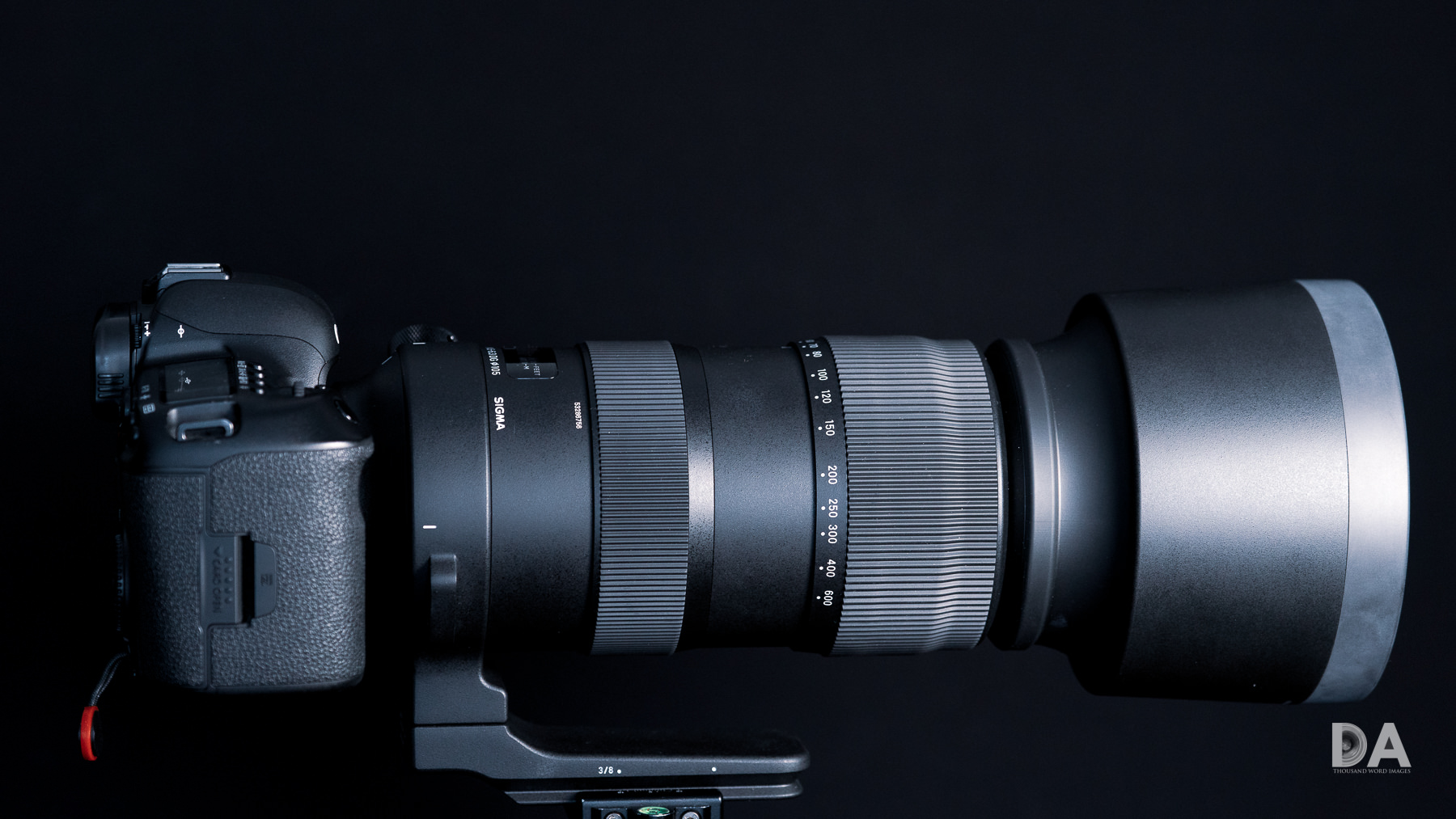

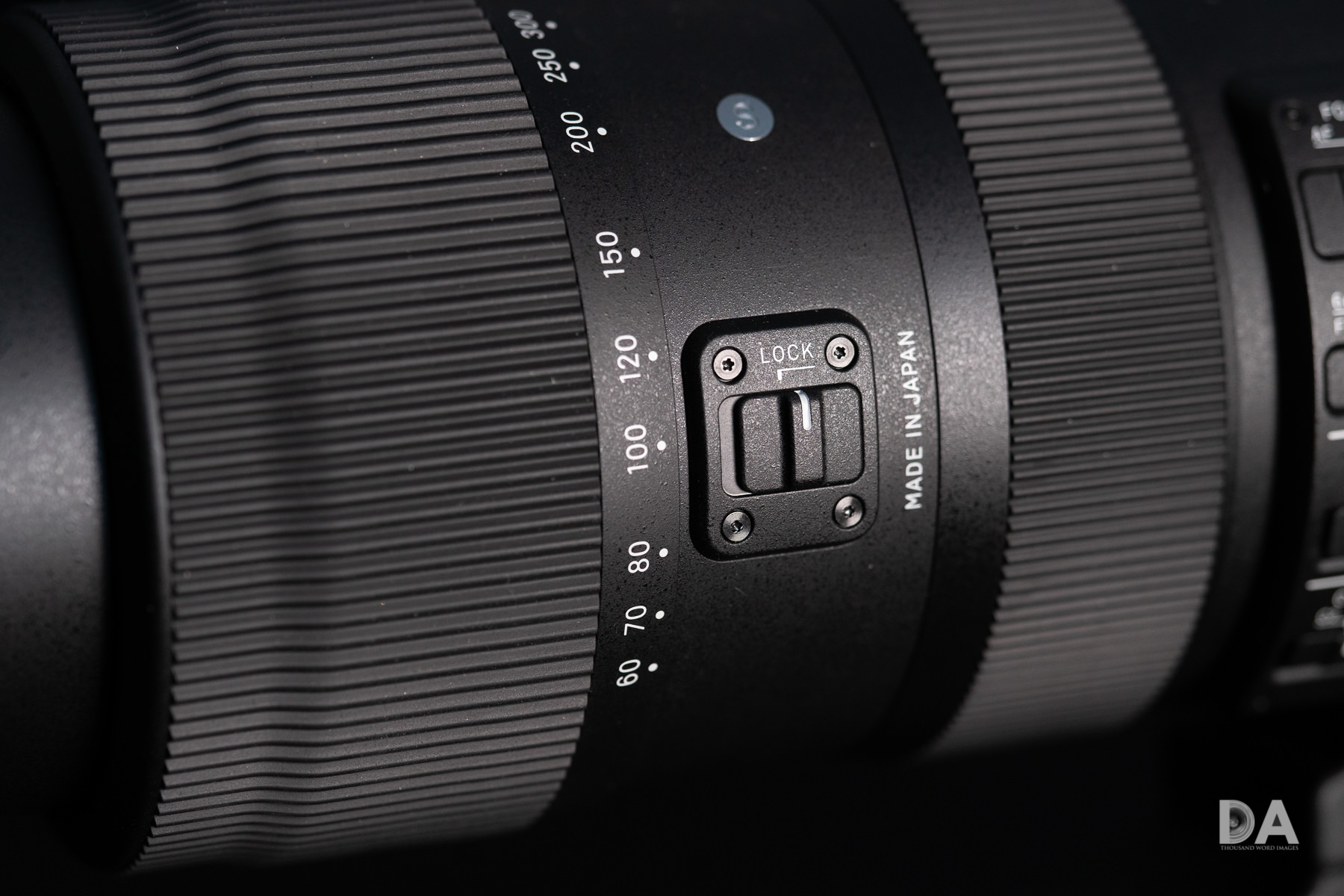
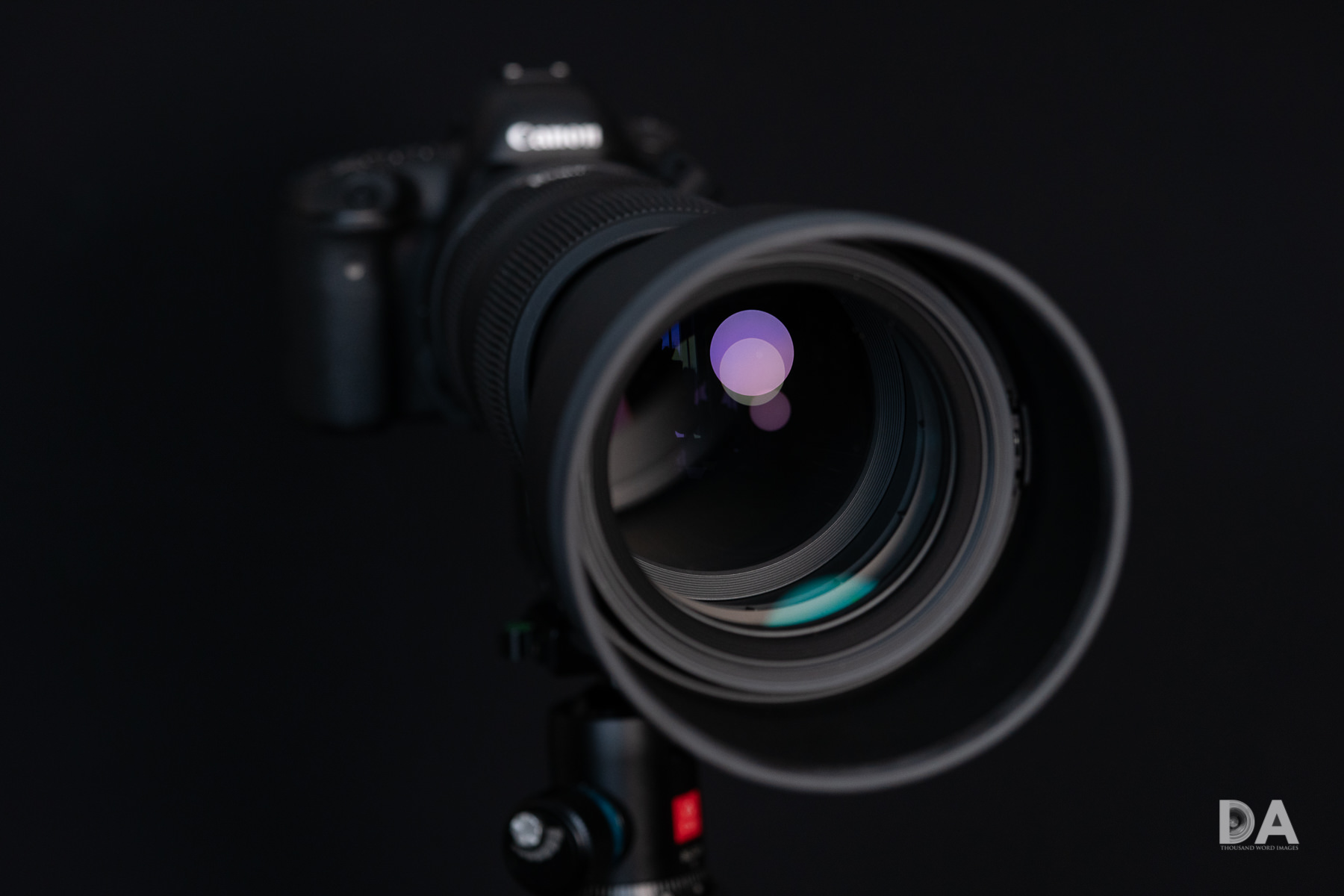
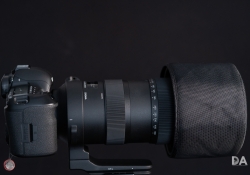
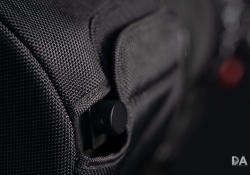
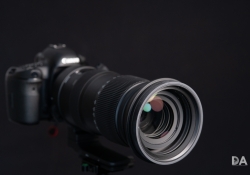
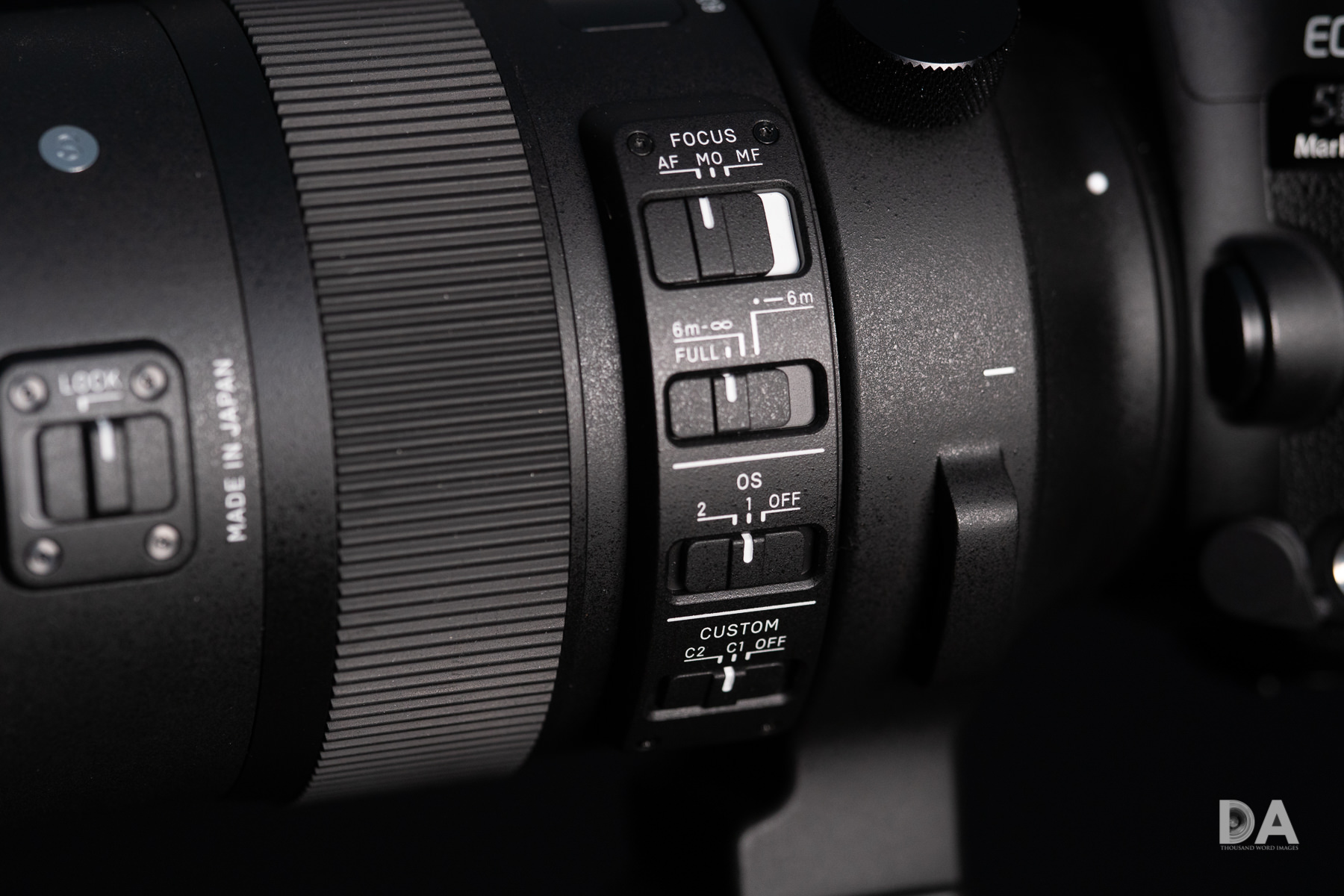



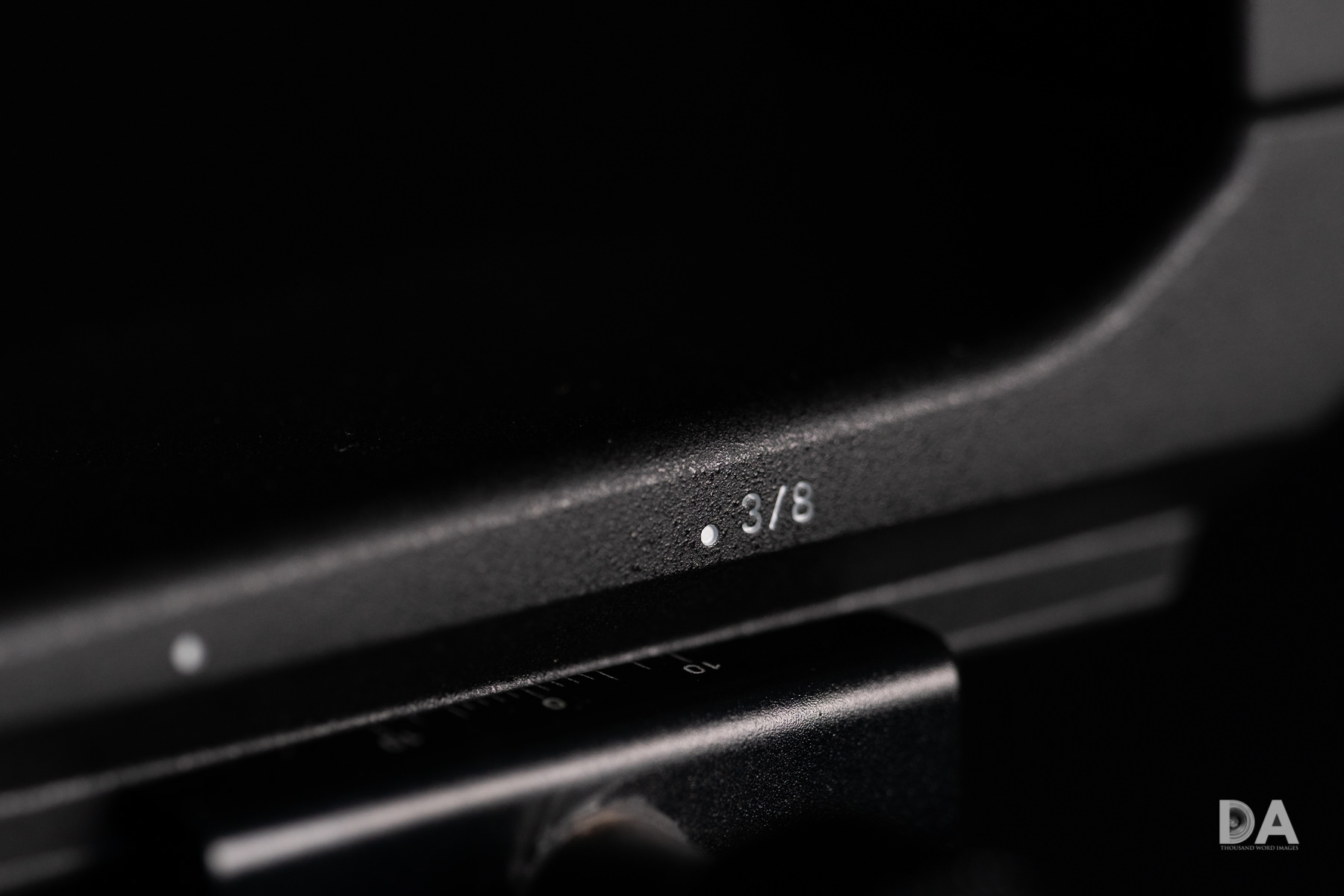
























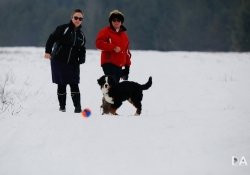
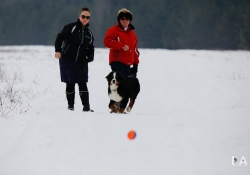
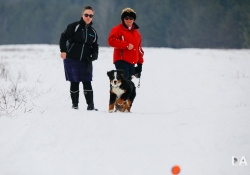

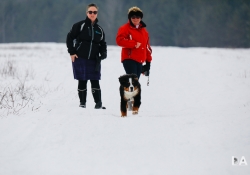
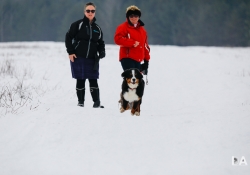


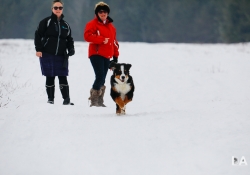
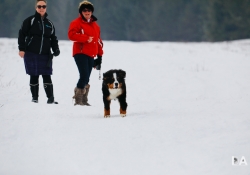
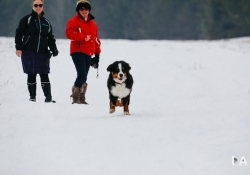
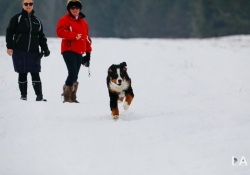

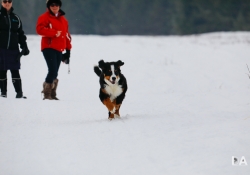
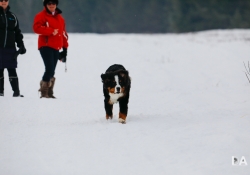
















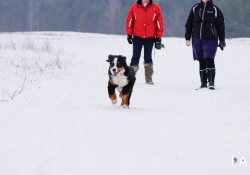
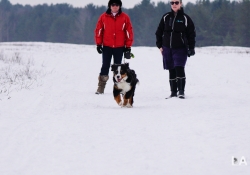

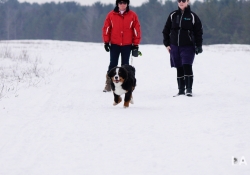
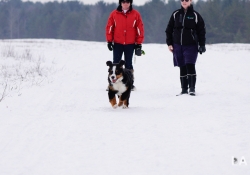







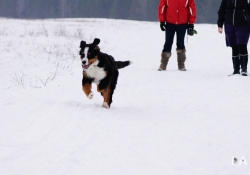



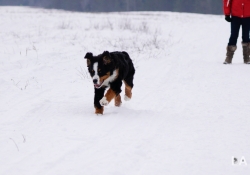

















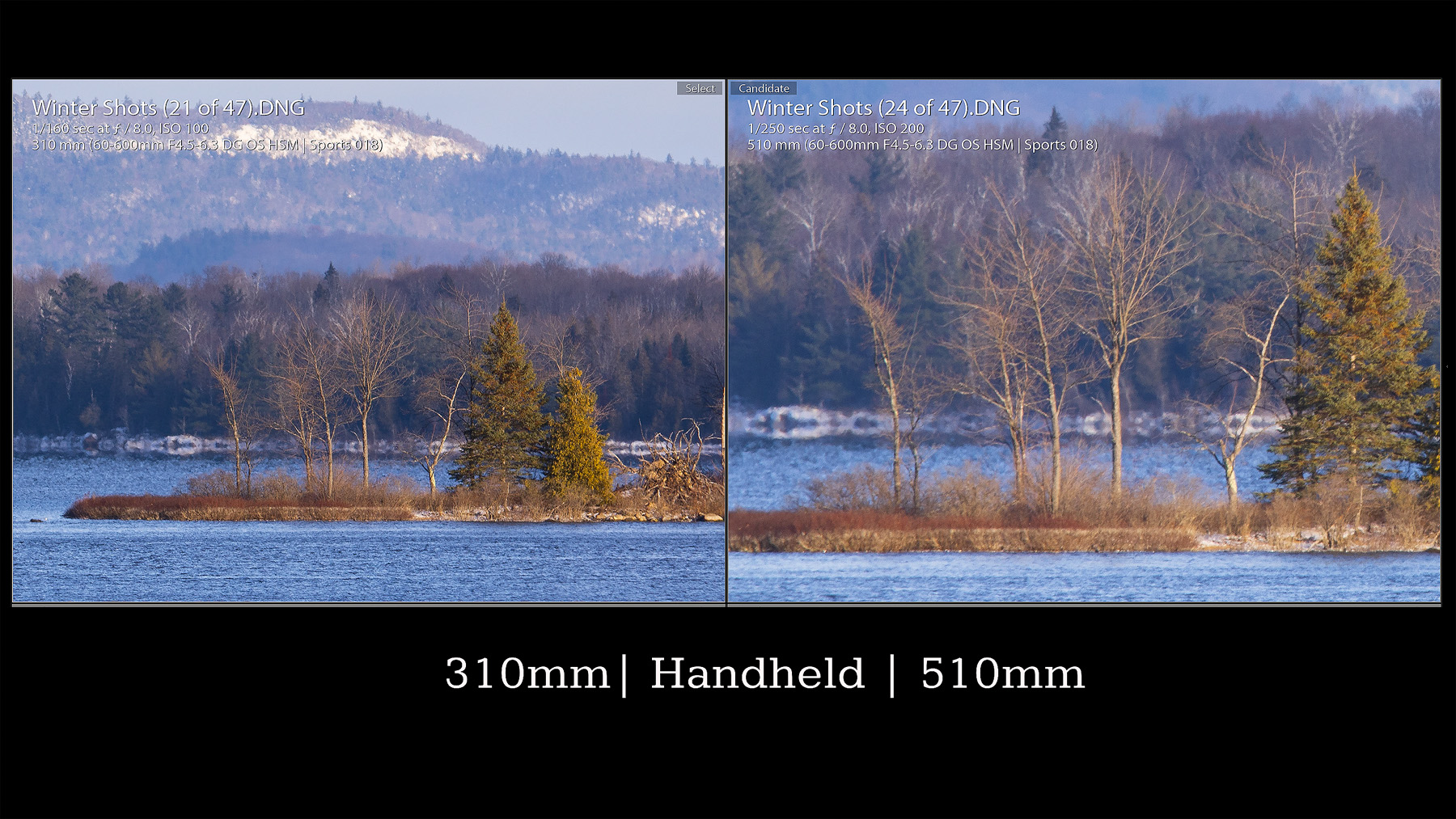



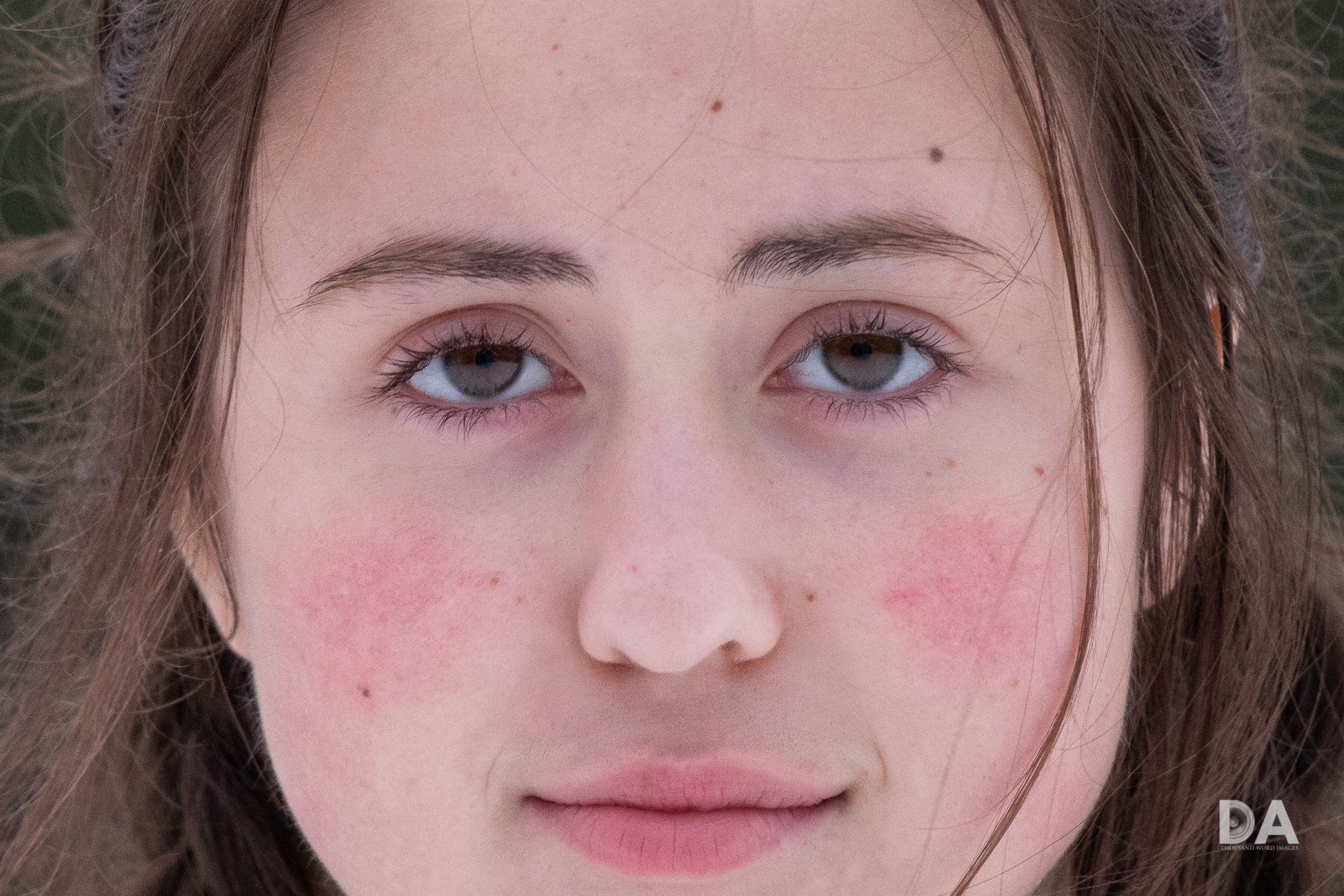
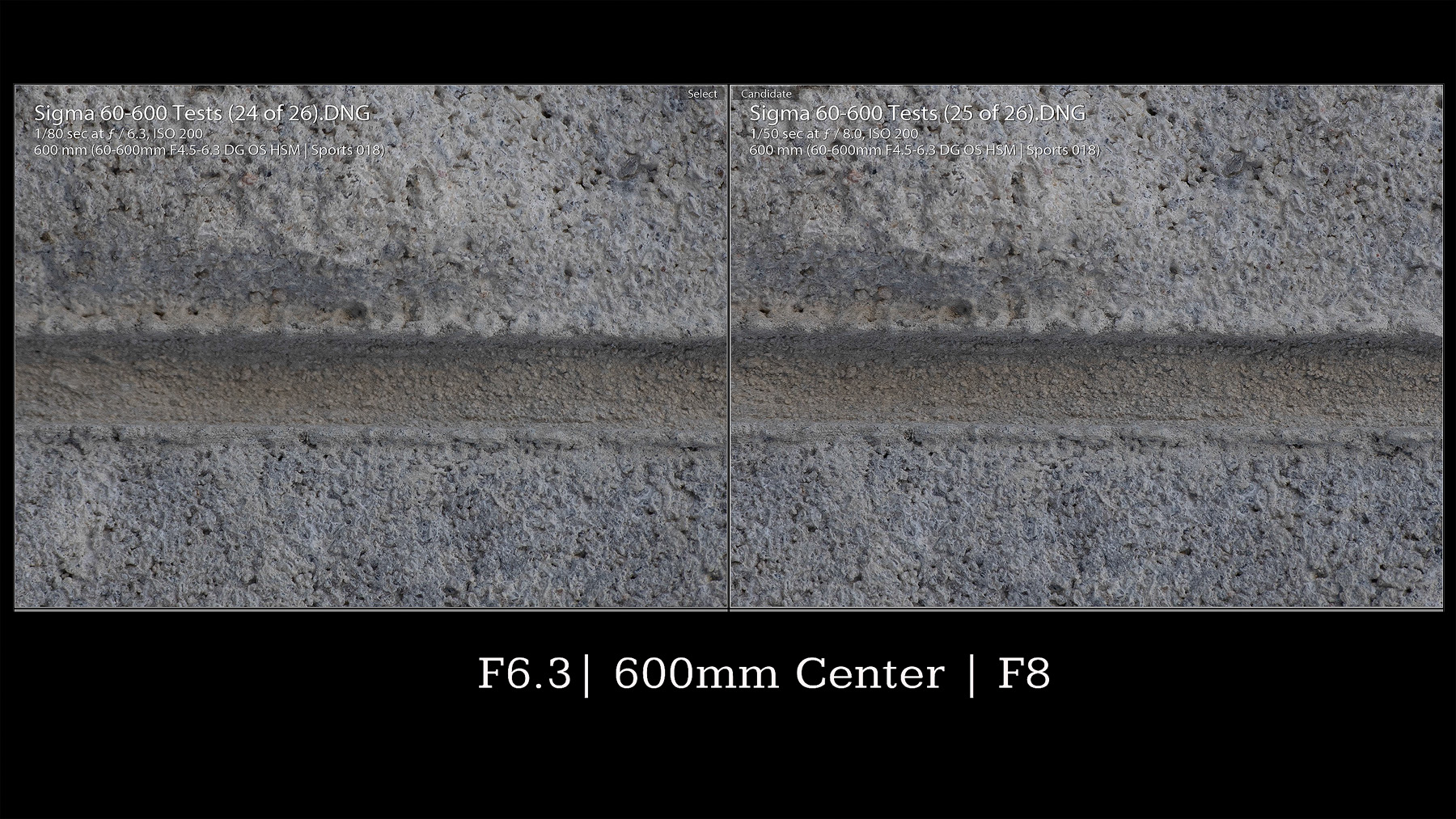



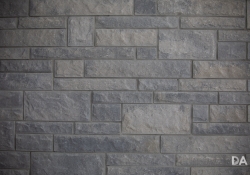



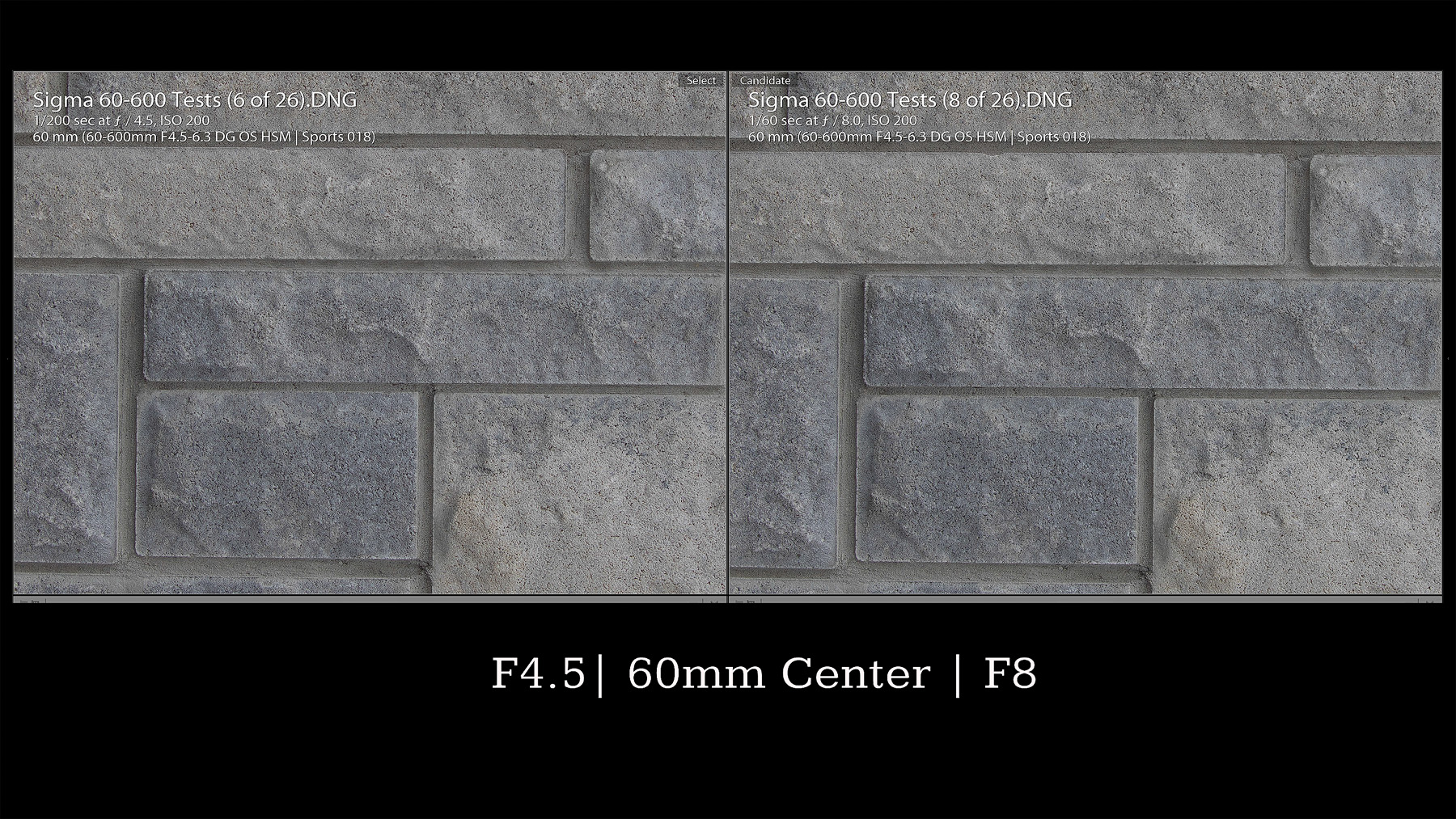



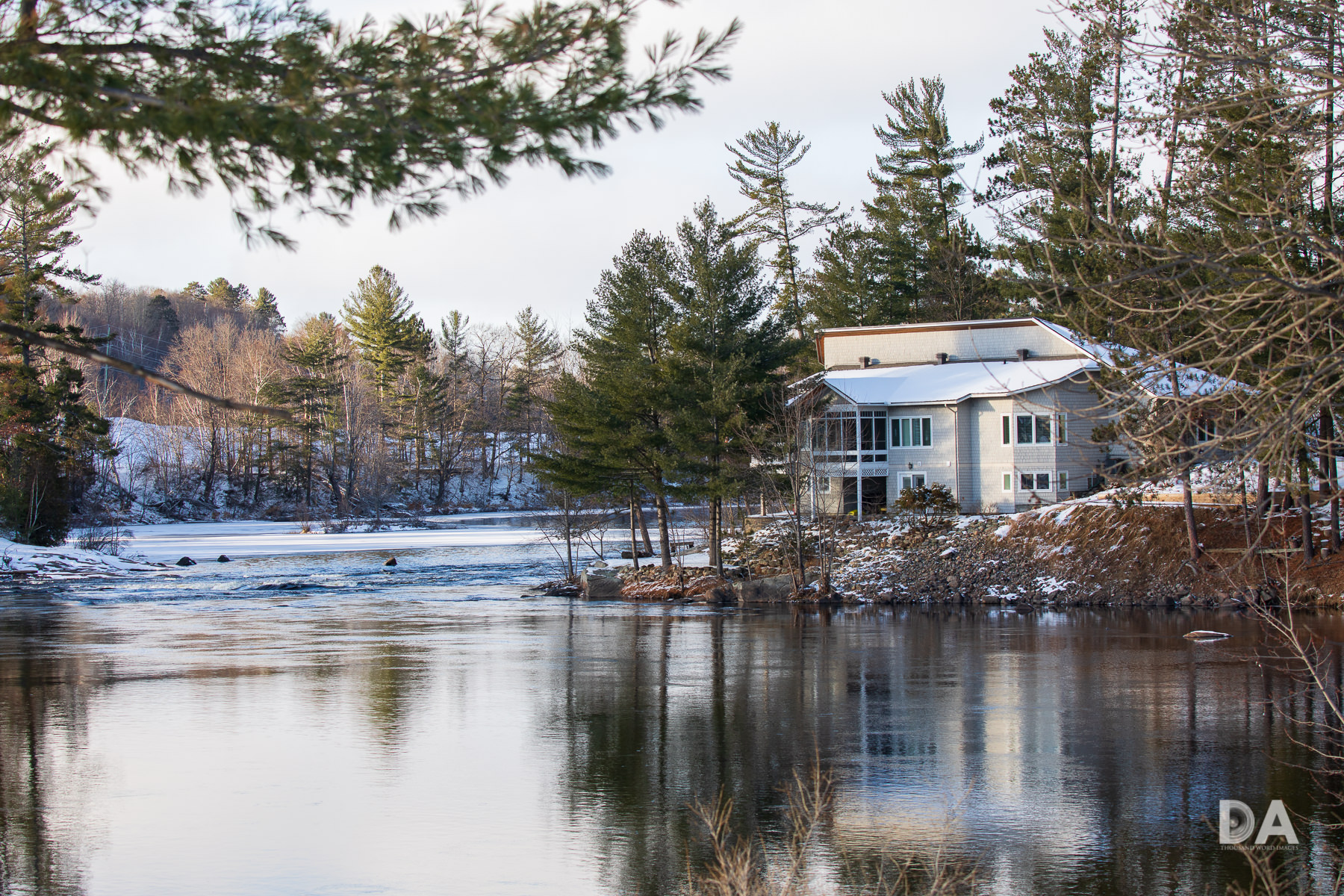








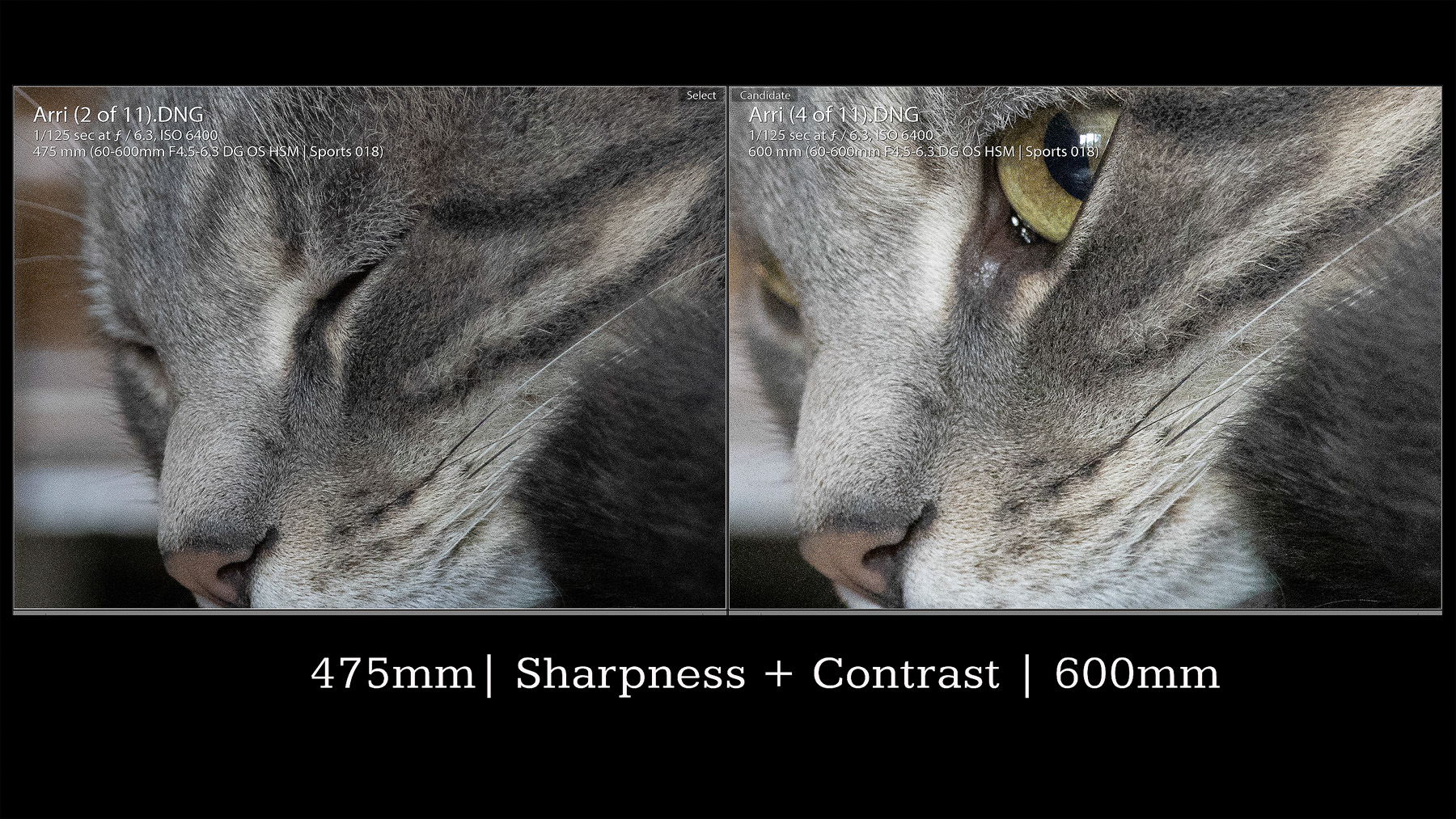



















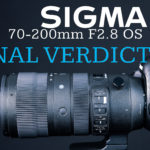




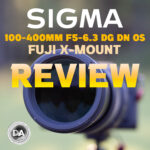

[…] 2019-01-05:Dustin Abbottがレビューを掲載しています。 […]
[…] Dustin Abbottがシグマの交換レンズ「60-600mm F4.5-6.3 DG OS HSM | Sports」のレビューを掲載しています。 […]